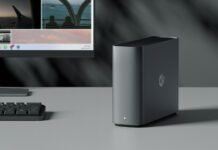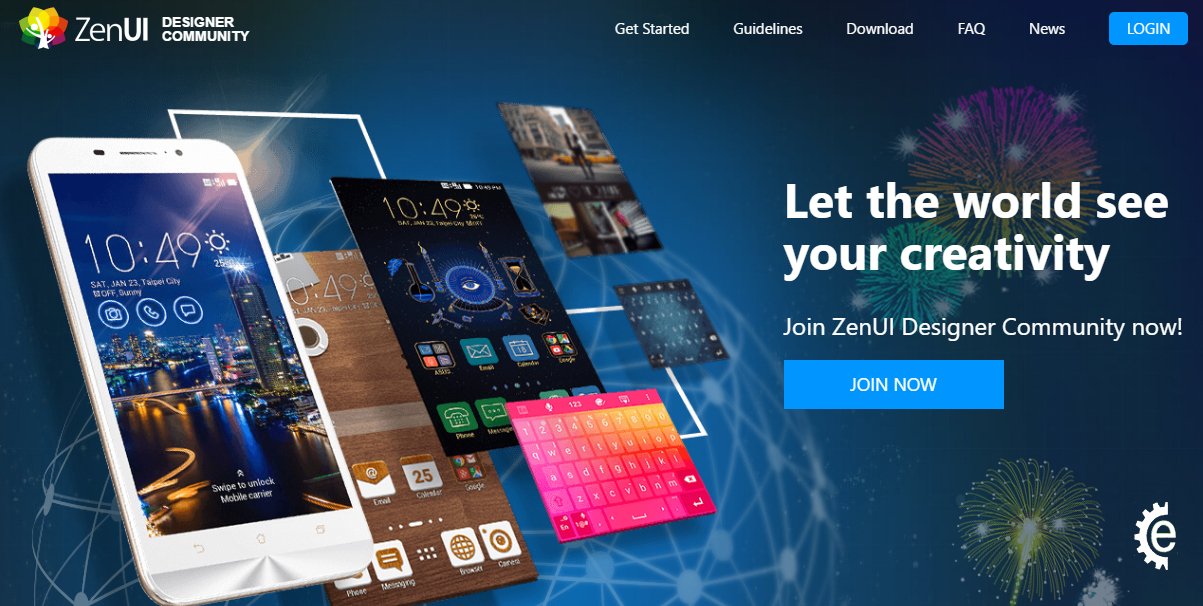You think your computer needs a strong and powerful processor for gaming? You haven’t seen anything of this proportion yet with Intel unveiling its next-gen, up-to-72-core Xeon Phi supercomputing chip. The upcoming Xeon Phi chip code-named Knights Landing, which is being boasted bythe company’s as the most powerful chip till date. The main transformation is that this new processor will be a standalone processor, unlike a slot-in coprocessor that must be paired with customary Xeon CPU. In addition, Knights Landing will have up to 16GB of DRAM 3D stacked on-package, supplying up to 500GB/sec of memory bandwidth.Intel plans to put its ostensible Knights Landing chip into a restricted number of workstation desktop computers starting next year. Intel says is its most powerful chip till date, has 72-cores with approximately 8 billion transistors.
A limited number of workstations will ship from the first half of next year from Intel, which will also control initial distribution. As usage spreads out, hopefully PC manufacturers and other associates will sign on to sell Xeon Phi desktops, said Charles Wuischpard, general manager of the HPC Platform Group at Intel Corporation.
Workstations are industrial desktops typically larger than usual desktops, with one instance being Apple’s Mac Pro. The Knights Landing chip can deliver over 3 teraflops of ultimate performance, which is approximately in the array of some high-performance graphics chips used in the world’s fastest supercomputers. Much like graphics chips, Knights Landing is designed for highly parallel computing and varies in design from conventional x86 chips. These machines are widely used for high-end graphics, film editing and engineering relevances. Today’s workstations are fundamentally based on Intel’s Core desktops or Xeon server chips.
Intel’s supercomputing computer unit will initially be made accessible to researchers who don’t have access to Xeon Phi-based supercomputers for multifaceted and complex scientific calculations. Researchers will be able to write and validate the code on the computer before its deployment on supercomputers. The machine is more of an trial than an attempt to change the way desktops and workstations are designed. In other words, it sounds like playing high end games would be pretty inconceivable. Although, an average PC gamer isn’t going to be able to meet the expense of a workstation with a Knights Landing processor but it’s always nice to have a delusion.
Xeon Phi contends directly with Tesla, Nvidia’s GPU-based coprocessor add-in boards. Tesla currently dominates the HPC accelerator/coprocessor market, with 38 out of the top 500 supercomputers. Xeon Phi is a major constituent of the world’s most powerful supercomputer, but its adoption is generally lower (just 13 of the top 500). By becoming an actual CPU, rather than an add-in card ,it will be possible to build supercomputers entirely out of Xeon Phi — a huge transformation that will both lessen the complexity and expense of building supercomputers, and, thanks to the integrated architecture, it’ll be a lot easier to write software that takes complete advantage of the hardware.
About the Author-
Arihant Dugar is currently pursuing his Bachelor of Engineering in Information Technology from West Bengal University Of Technology,Kolkata. He is currently intern at Engineers Corner.









